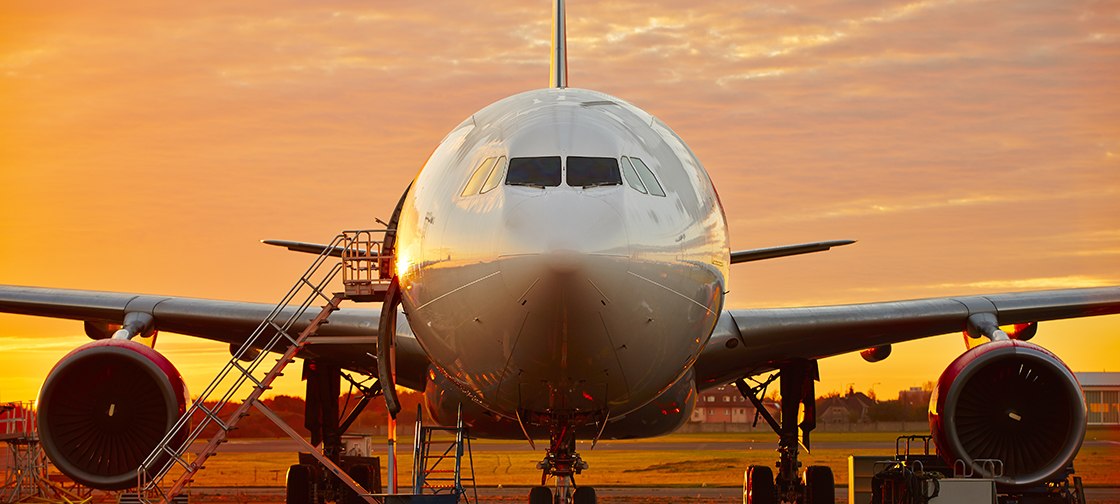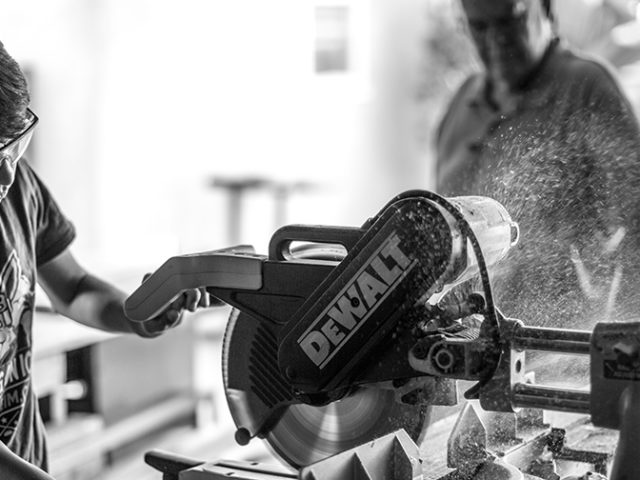In a joint effort by the Technical University of Munich (TUM) and the German Aerospace Center (DLR), researchers have successfully developed new technologies for lighter aircraft wings that are still extremely stable. These innovative wings could soon make flying both greener and more cost-efficient. Known as aeroelastic wings, on Tuesday they made their successful first flight at the airfield in Oberpfaffenhofen.
“Flutter leads to material fatigue and can even go as far as ripping off the wing,” explains Sebastian Köberle, research associate at the TUM Professorship for Aircraft Design. Although every wing begins to flutter at a certain speed, shorter and thicker wings have higher structural rigidity and thus higher stability. Making wings that have a wider wing-span and are still exactly as stable and add much more weight.
In the European project FLEXOP (Flutter Free FLight Envelope eXpansion for ecOnomical Performance improvement) scientists from six countries are therefore working on new technologies which can bring flutter under control and at the same time make it possible to build lighter wings.
Source: “Super-efficient wing takes off”, Technical University of Munich




